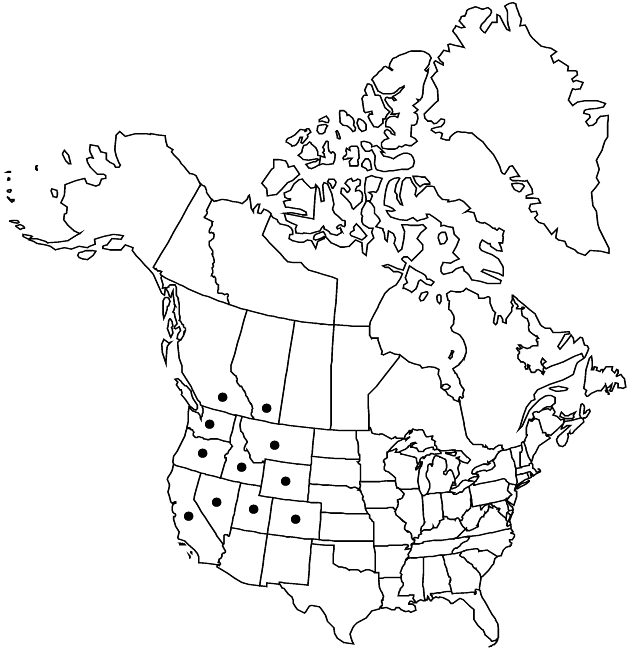Difference between revisions of "Arnica longifolia"
in S. Watson, Botany (Fortieth Parallel), 186. 1871.
FNA>Volume Importer |
FNA>Volume Importer |
||
| Line 54: | Line 54: | ||
|publication year=1871 | |publication year=1871 | ||
|special status= | |special status= | ||
| − | |source xml=https://jpend@bitbucket.org/aafc-mbb/fna-data-curation.git/src/ | + | |source xml=https://jpend@bitbucket.org/aafc-mbb/fna-data-curation.git/src/f50eec43f223ca0e34566be0b046453a0960e173/coarse_grained_fna_xml/V19-20-21/V21_937.xml |
|tribe=Asteraceae tribe Heliantheae | |tribe=Asteraceae tribe Heliantheae | ||
|subtribe=Asteraceae (tribe Heliantheae) subtribe Chaenactidinae | |subtribe=Asteraceae (tribe Heliantheae) subtribe Chaenactidinae | ||
Revision as of 20:41, 16 December 2019
Plants 30–60(–110) cm. Stems (often relatively numerous, clustered in clonal patches) simple. Leaves 5–7 pairs, mostly cauline (basal leaves usually withered by flowering); sessile or subsessile (proximalmost with connate-sheathing bases); blades lanceolate to lance-elliptic, 5–12(–15) × 1.5–3.5 cm, margins usually entire, rarely denticulate, apices acute to acuminate, faces scabrid-puberulent, sometimes glandular (distal leaves not much reduced). Heads 3–20(–35). Involucres turbinate-campanulate. Phyllaries 11–15(–20), narrow to broadly lanceolate. Ray florets 6–15; corollas yellow. Disc florets 6–11; corollas yellow; anthers yellow. Cypselae brown to black, 3–7 mm, glabrous or sparsely hirsutulous, stipitate-glandular; pappi stramineous to tawny, bristles barbellate to subplumose. 2n = 57, 76.
Phenology: Flowering Jun–Oct.
Habitat: Montane coniferous forests to alpine, usually moist areas, stream banks or late snow-melt areas
Elevation: 1300–3700 m
Distribution

Alta., B.C., Calif., Colo., Idaho, Mont., Nev., Oreg., Utah, Wash., Wyo.
Discussion
Selected References
None.